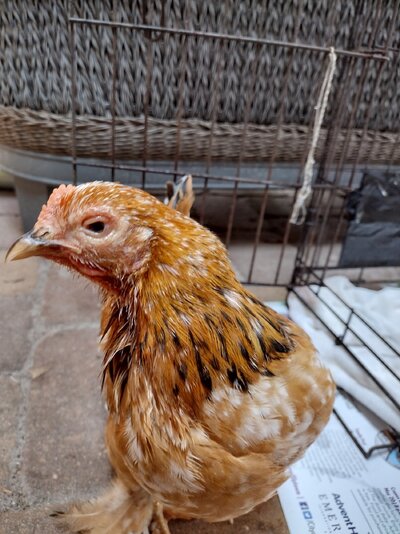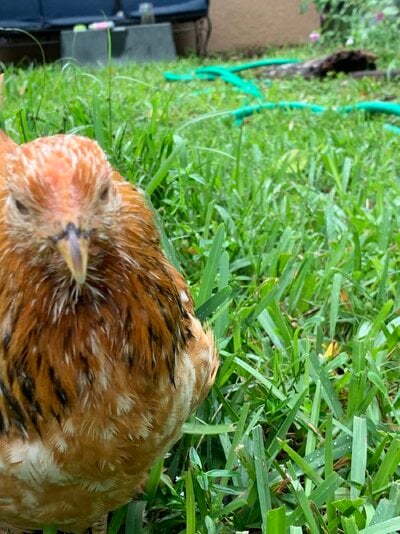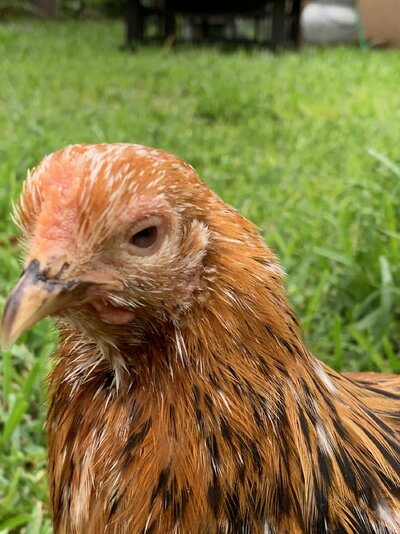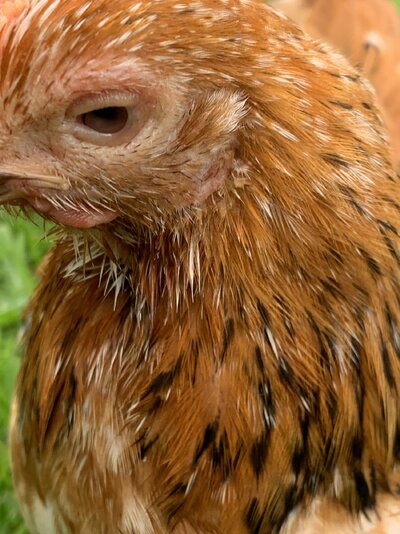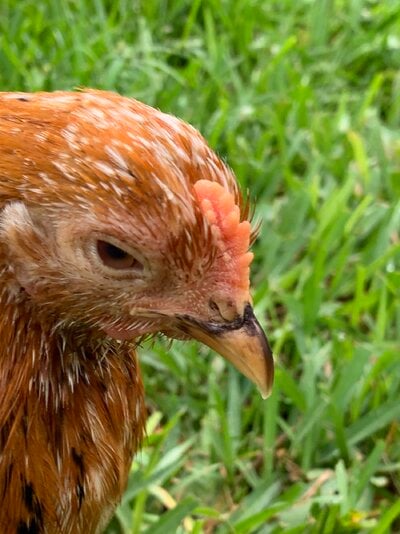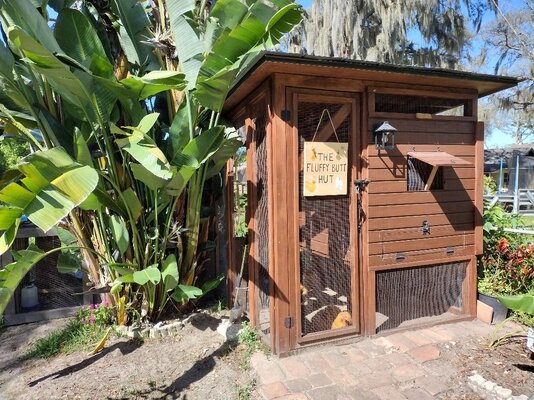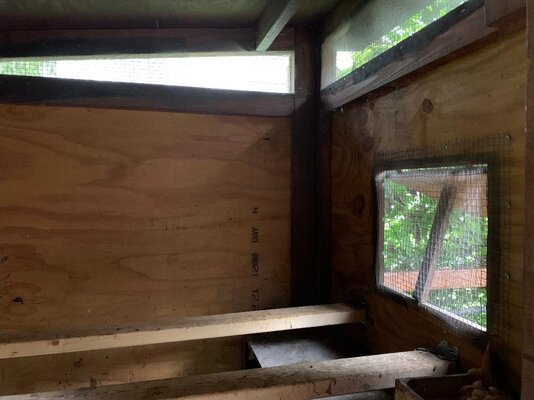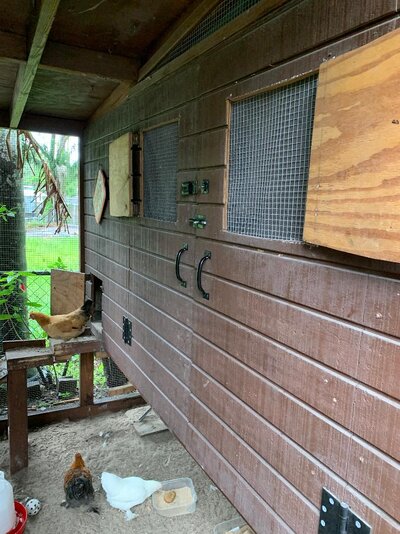beachbunny76
In the Brooder
- Jul 12, 2022
- 36
- 12
- 36
I'm heart broken...my favorite pullet suddenly started acting like she can't see yesterday. I didn't see anything odd about her eyes....they looked normal. However, today they seem slightly gray and she keeps them closed most of the time. I'm not seeing any change in the shape of the pupil. She is eating and drinking if I put it in front of her but she's mostly just standing around with her eyes closed. Any thoughts on what's going on? In researching, all I found was Ocular Mareks or Ammonia Toxicity given her symptoms. I do smell ammonia in the coop even though I clean it every single morning. It's sand and I use a cat litter scoop to sift out all the poop. But I'm in the SE and the humidity levels in there are in the 80s right now. I put some barn lime mixed in last night but plan to do a full clean out tomorrow morning with new sand. I will try to add more pics here. Please help...TIA

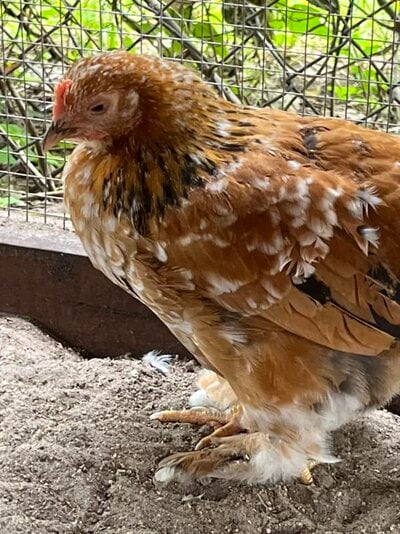
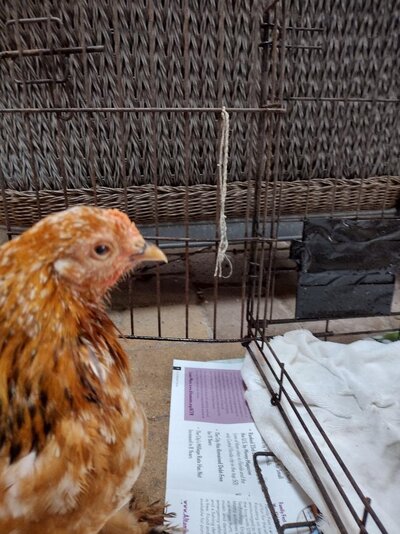
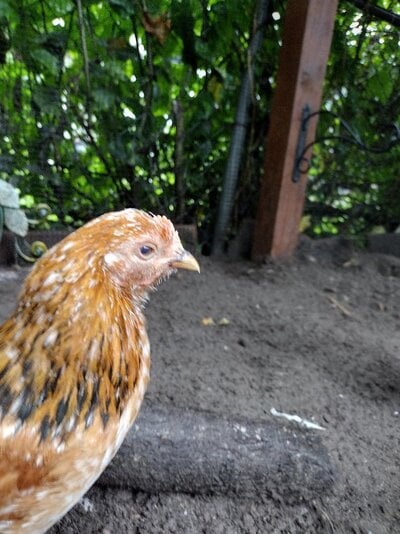
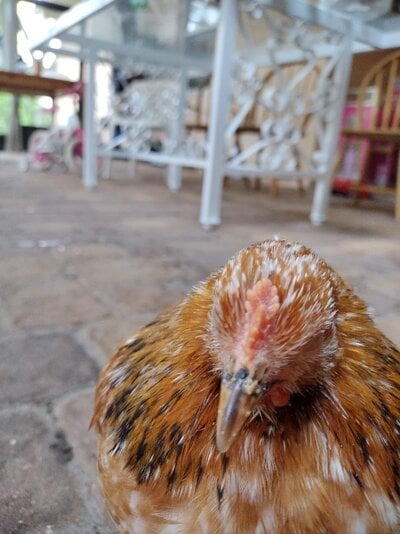
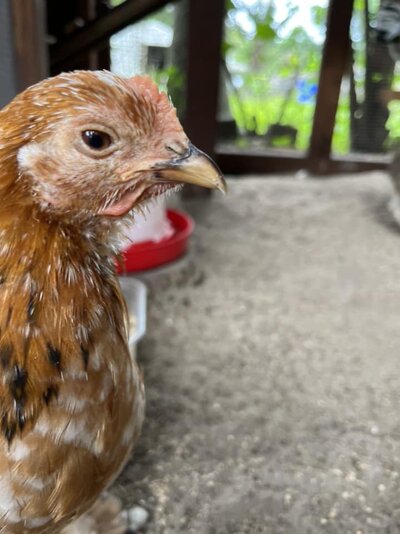




 The coop has openings around the top under the roof and also has 3 windows.
The coop has openings around the top under the roof and also has 3 windows.